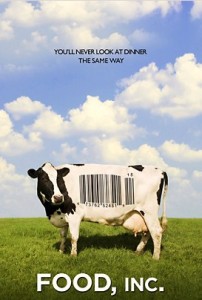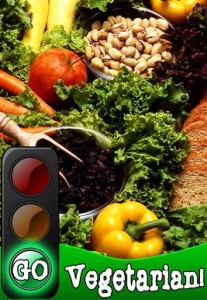New to this edition of the Campus Clipper Coupon Book is O Cafe, the Brazilian coffee house in Greenwich Village. I urge you to stop by next time you find yourself in the neighborhood and in need of a little pick-me-up. Try one of their delicious coffee or chocolate drinks, paired with the traditional Brazilian treat pao de quiejo. These savory rolls, baked with gougere cheese, are a satisfying and distinctly Brazilian snack. $500 cash loan within one business day. A coffee junket to O Cafe struck me as an experience which highlights why Brazil has become a model for nations attempting to become more proactive in implementing sustainable practices regarding agriculture, education and fuel independence. Owner Fernando Aciar assumes this posture every week by hosting what he calls laboratories. The laboratories are a forum for individuals interested in discussing everything from agriculture to ecological issues. However, if you’re merely looking to relax, feel free to eschew the heavy discussions in favor of the simplicity of the decor and inviting aromas of freshly roasted South American coffee beans.
O Cafe is offering a side of pao de quiejo for $1.50 with this coupon. Stop in for a cup of coffee, tea or chocolate and these delicious rolls and you’ll be hooked.
Kristen, Salem College ’11
View my blog here!
Click here to download the Campus Clipper iTunes App!
Follow Campus Clipper on Twitter or keep current by liking us on Facebook
Follow Campus Clipper in Tumblr here for more great deals!
Interested in more deals for students? Sign up for our bi-weekly newsletter to get the latest in student discounts and promotions. For savings on-the-go, download our printable coupon e-book!






